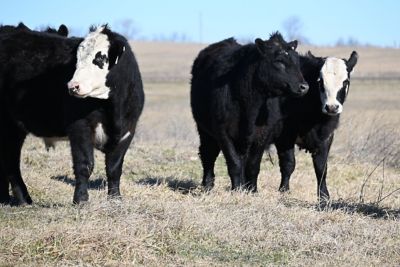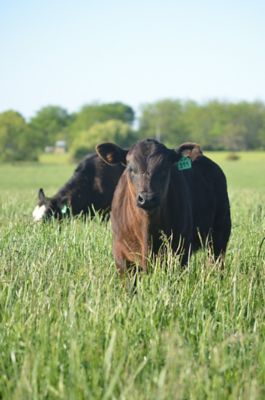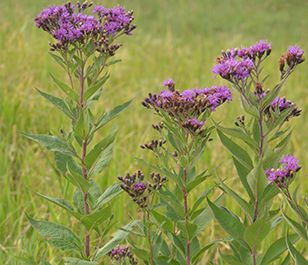Andrew McCrea is an author, speaker and host of Farm Journal’s American Countryside radio program. Andrew runs a fifth-generation crop and stocker cattle operation with his dad, M.L., and 16-year-old son, Luke, on about 4,500 acres. The McCreas have relied on Range & Pasture products from Corteva Agriscience and its legacy companies for more than 30 years.

Where the Green Grass Grows
Follow along with McCrea Family Farms and learn how sound pasture management is foundational to their success.


Weed Control Spurs Spring Growth
When pastures get top billing, bigger gains follow
At McCrea Family Farms, grass is critical year-round. A pasture-first focus helps ensure they have the quantity and quality of forage they need. Even at early spring green-up, a mix of stockpiled forage and new growth provides an economical feed source for their stocker operation.
Get the Full StoryGraze Additional Pasture Management Topics
From weed identification and treatment recommendations to application options and producer success stories, learn how to maximize grazing acres and increase profit potential.
Under normal field conditions DuraCor® is non-volatile. DuraCor has no grazing or haying restrictions for any class of livestock, including lactating dairy cows, horses (including lactating mares) and meat animals prior to slaughter. Label precautions apply to forage treated with DuraCor to manure and urine from animals that have consumed treated forage.
Except for lactating dairy animals, there are no grazing restrictions following application of Remedy. State restrictions on the sale and use of Remedy® apply. Consult the label before purchase or use for full details.
GrazonPD3™ is a Restricted Use Pesticide. GrazonPD3 is not for sale, distribution or use in Nassau and Suffolk Counties in New York State.
UltiGrazSM with fertilizer is available for use with specific herbicides in the states of AL, AR, CO, FL, GA, HI, IA, ID, KS, KY, LA, MN, MO, MS, MT, NC, ND, NE, NV, OK, OR, SC, TN, TX, UT, VA, WA, WI, WV and WY.
DuraCor, Remedy, UltiGraz and GrazonPD3 are not registered for sale or use in all states. Contact your state pesticide regulatory agency to determine if a product is registered for sale or use in your state. Always read and follow label directions.

